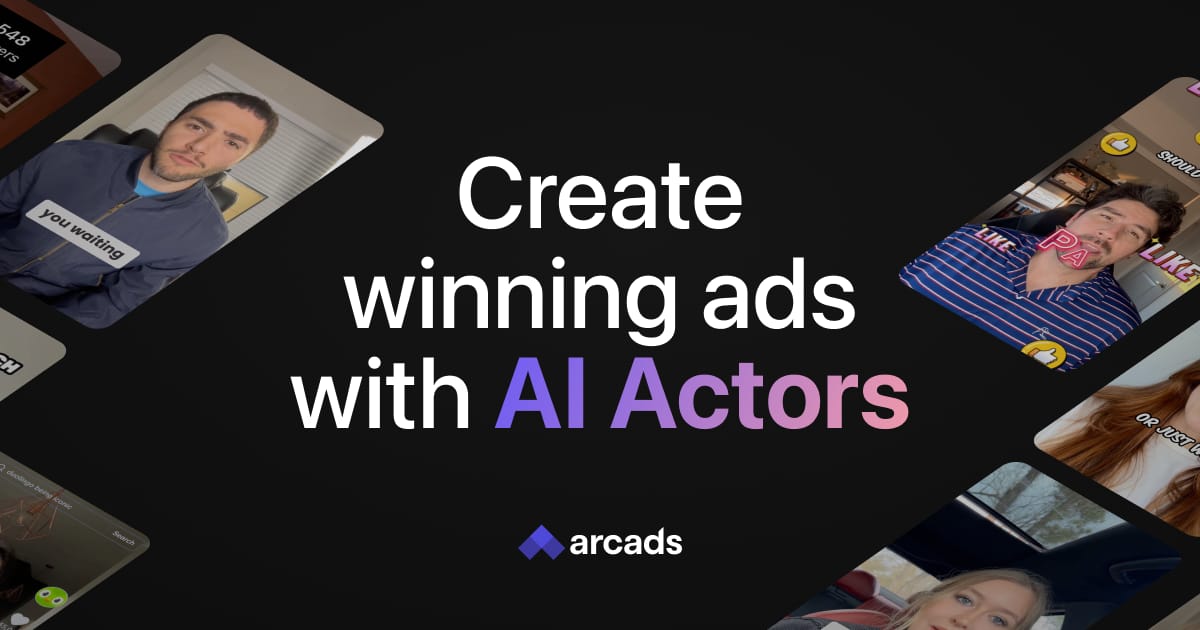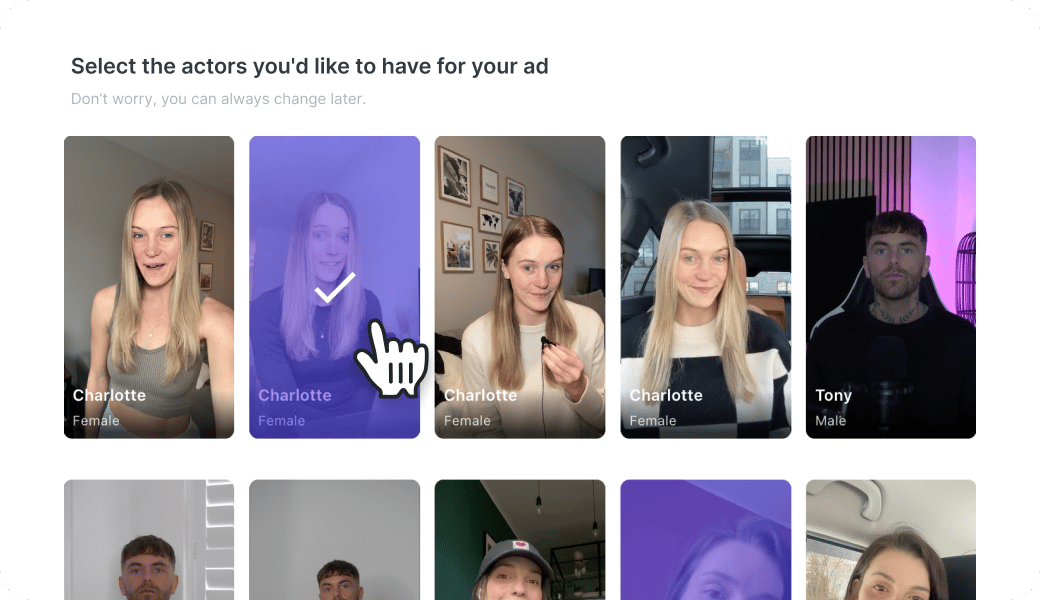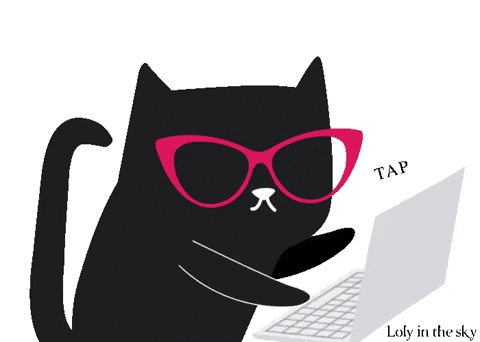- Product Upfront AI
- Posts
- How I'm Using AI to Create 100+ Video Ads Per Week (And You Can Too)
How I'm Using AI to Create 100+ Video Ads Per Week (And You Can Too)
A confession about my creative bottleneck—and the AI tool that broke it wide open

I'll admit something that might sound crazy.
Last month, I avoided launching a new product because I dreaded creating the ads for it.
Not the product itself. Not the landing page. Not even the sales copy.
The video ads.
The thought of scripting, filming, editing, testing different hooks, finding actors, and reshooting when something didn't work... it paralysed me.
And here's the thing: I know video ads work. I've seen the data. I've watched competitors crush it with video.
But the production process? It felt like climbing Everest in flip-flops.
Maybe you've felt this too?
You know you should be testing video ads. You see others doing it successfully. But between managing your business, creating content, and actually living your life, where do you find the time?
I recently discovered something that changed everything.
And no, this isn't about "working harder" or "batch creating content." This is about using AI in a way that actually makes sense.
Let me show you what I mean...
What if you could test 100 different video ads in the time it takes to film one?
That question would have sounded absurd to me three months ago.
But after discovering Arcads, an AI tool that transforms written scripts into video ads using AI-generated actors
I've completely reimagined what's possible.

Here's what actually happens:
You write a script (or let AI write it for you). You choose from hundreds of AI actors. And minutes later, you have a professional-looking video ad ready to test.
No cameras. No editing software. No, hoping your ring light doesn't die mid-shoot.
But here's what makes this truly powerful...
It's not just about creating one video faster. It's about creating variations at a scale that was previously impossible.

Different hooks. Different actors. Different calls-to-action. Different emotional angles.
All testing is being done simultaneously.
And when you find a winner?
You can spin up 20 more variations of that winning formula in an hour.
This is how modern marketers are achieving results that seem impossible to solo creators and small teams.
The breakthrough isn't the AI actors.
It's what becomes possible when video production takes minutes instead of days
I used to think the barrier to great video marketing was creative skill.
Turns out, it was time and money.
When creating a single video ad takes days and costs hundreds of dollars, you can't afford to experiment.
You make one "perfect" ad, cross your fingers, and hope it works.
But marketing doesn't work that way.
The companies winning with video ads aren't creating better ads.
They're creating more ads and letting the data tell them what works.
Consider this: Some e-commerce brands are now running 500+ active video ads simultaneously.
They're not creative geniuses with unlimited budgets. They're using AI to test at a volume that was previously impossible.
One documented case showed a company hitting $200K/month revenue through systematic testing of AI-generated ad variations.
Not because each ad was perfect. Because they found the winning combinations through sheer volume of testing.
Here's what that actually looks like in practice...
Success isn't about creating one perfect ad, it's about testing until you find what works
Think about the last action movie you watched.
The hero doesn't win by throwing one perfect punch. They try different approaches, adapt to what works, and keep iterating until they succeed.
Video advertising works the same way.
But traditional video production makes iteration painfully slow and expensive.
With AI-generated video ads, the economics completely flip:
Old way:
Film one ad: 2-3 days + $500-2000
Test it for a week
If it fails, start over
Total: Weeks of work, thousands of dollars
New way:
Generate 20 variations: 2 hours + $50-100
Test them simultaneously
Scale the winners, pause the losers
Total: Days of work, hundreds of dollars
This isn't just faster. It's a fundamentally different marketing approach.
And it's creating opportunities that didn't exist before.
What creative fatigue taught me about human psychology (and why AI actors solve it)
Here's something I learned the hard way: Even your best-performing ad stops working eventually.
It's called "creative fatigue."
Your audience sees the same face, the same hook, the same message... and their brain just tunes it out. Click-through rates drop. Cost per acquisition rises. What worked last month stops working.
The traditional solution? Film more ads with different people saying different things.
The problem? That takes time and money most of us don't have.
But here's where AI actors become incredibly powerful...
You can test different ages, genders, ethnicities, situations, and even emotions, all from your laptop.
Want to test if your audience responds better to a 30-something professional or a 20-something enthusiast? Generate both in 5 minutes.
Wondering if humour outperforms serious messaging? Test it with the same script but different actor styles.
The market is showing that both ultra-realistic UGC-style videos AND scroll-stopping unrealistic content (think: animated characters, unexpected scenarios) can work.
But you need to test both because audiences experience fatigue when exposed to only one style.
This is why volume matters. And why AI makes that volume achievable.
The first second of your ad determines everything (and most people get it completely wrong)
Your ad succeeds or fails before anyone even hears your message.
Why?
Because you have approximately one second to stop the scroll.
There are two critical components:
The Visual Hook: What viewers SEE immediately (product, person, action, or something unexpected)
The Script Hook: The first words spoken ("True fact, most people never stick with learning a new language...")
Most people focus on the full script. But if you lose viewers in that first second, the rest doesn't matter.
Arcads has a "Hook Generator" trained on thousands of winning hooks to help you create compelling openings.
But even without that, the ability to rapidly test different visual and script hooks changes the game.
Instead of agonising over which hook is "perfect," you test 10 different hooks and let your audience tell you which ones work.
This is the real secret: Stop trying to predict what will work. Test and learn.
How automation turns this from "interesting tool" to "business advantage"
Creating videos faster is helpful.
But here's where it gets truly powerful: automation.
Imagine this workflow:
New product added to your store → Automatically triggers script generation
AI writes 5 different script variations → Different angles (problem-focused, benefit-focused, social proof, transformation, curiosity)
Arcads generates 3 videos per script → Different actors = 15 total videos
Videos auto-publish to your ad platforms → With tracking pixels and UTM parameters
Performance data flows back → Next batch of ads learns from what worked
The entire process runs while you sleep.
This isn't science fiction. Marketers are using tools like n8n, Make, and Zapier to connect Arcads with their existing workflows and create fully automated ad pipelines.
One advanced strategy:
Scrape trending content from your niche, extract the hooks and messaging patterns, rewrite them with AI for your product, generate videos through Arcads, and publish automatically.
You're essentially creating a machine that:
Learns from what's working in your market
Generates relevant video ads automatically
Tests them at scale
Doubles down on winners
This compounds over time. More variations = better data = higher ROI.
A simple way to start (without overwhelming yourself)
You don't need to automate everything on day one.
Start small:
Write 1-2 scripts manually (or use AI to help)
Choose 3-5 different AI actors in Arcads
Generate 10-15 video variations (different combinations of scripts and actors)
Test them on your primary platform (TikTok, Instagram, Facebook, wherever your audience is)
Track what works (which hooks, which actors, which messages)
Once you see results, you can layer in automation.
But the first step is just... starting.
Not with a perfect system. Not with a complete workflow. Just with a few test videos to see what resonates.
The barrier isn't knowledge or skill anymore. It's just the decision to try.
Your turn: What's stopping you?
I started this article by admitting I avoided launching a product because I dreaded creating video ads.
That avoidance cost me. Not just money, but momentum. Every day I waited was a day competitors were testing, learning, and growing.
What's your version of that?
What project are you avoiding because video marketing feels too hard?
What product could you launch if video ads weren't a bottleneck?
What audience could you reach if you could test 100 different messages instead of agonising over one "perfect" ad?
AI video tools like Arcads don't guarantee success. But they remove excuses.
The barrier isn't money anymore. It isn't time. It isn't a technical skill.
It's just the decision to experiment.
Before You Go
What's your experience with video marketing? Have you tried AI-generated ads? What worked (or didn't work) for you?
I learn as much from your comments as you learn from the articles. Join the conversation below.

Reply